Asus Zenbook 17 Fold review: Is there a place in the office for a foldable PC?
A 17in display, a rattly keyboard, and a jaw-dropping price with very little business value
-
+
Bold display
-
+
Folds down into portable carry case
-
+
Snappy processor
-
-
Super expensive
-
-
Rattly keyboard
-
-
Lacks real business chops

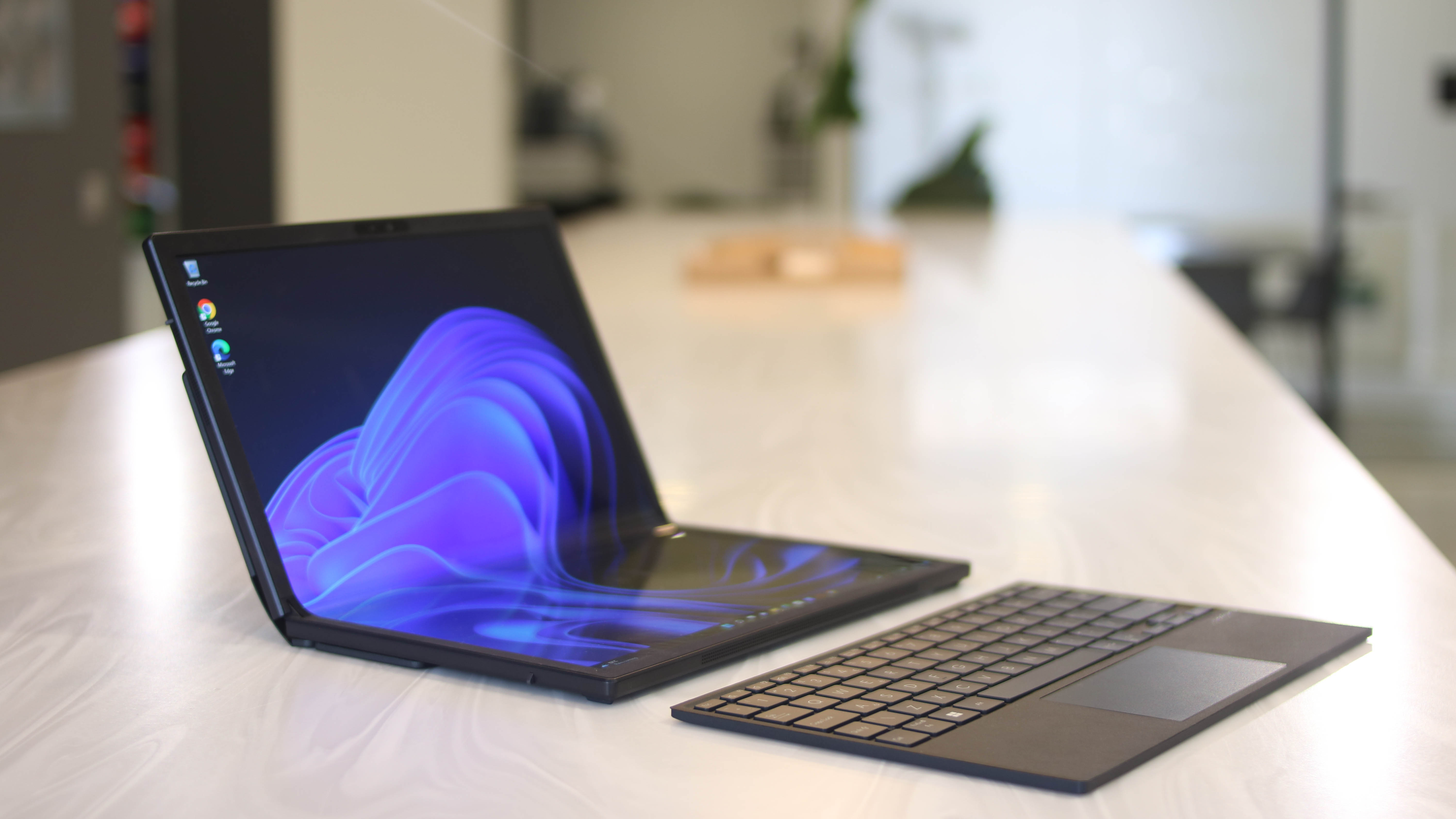
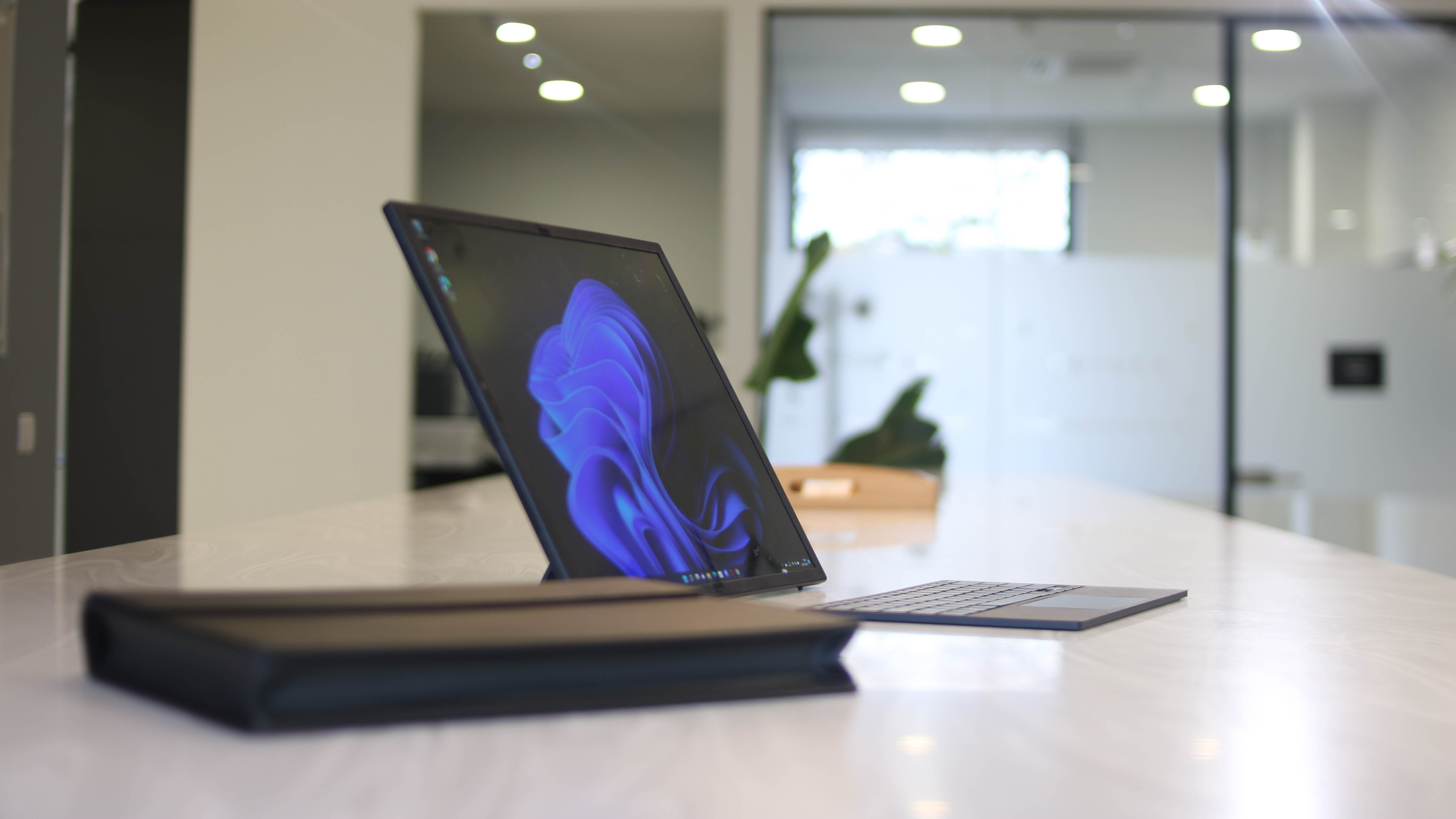
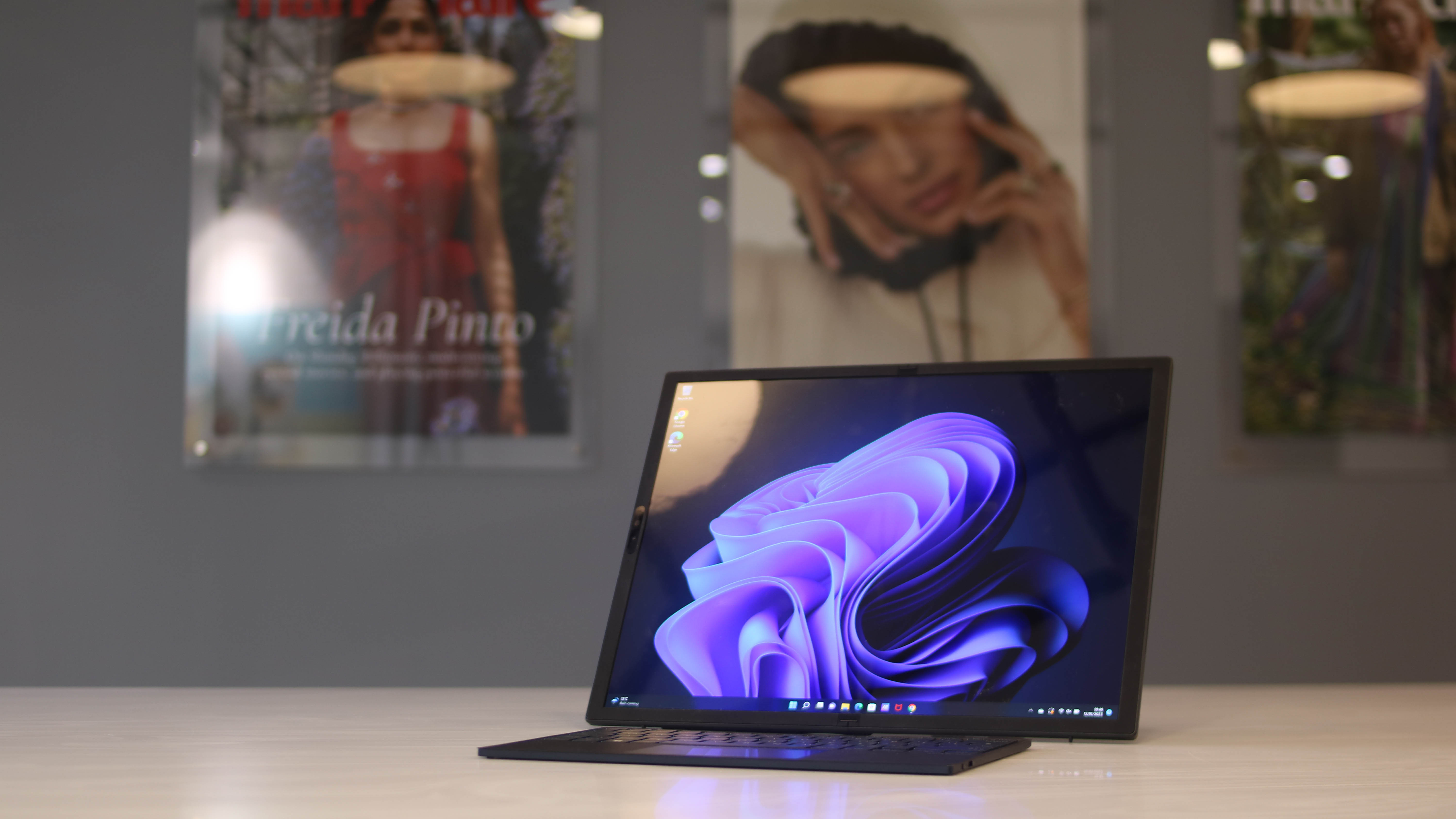
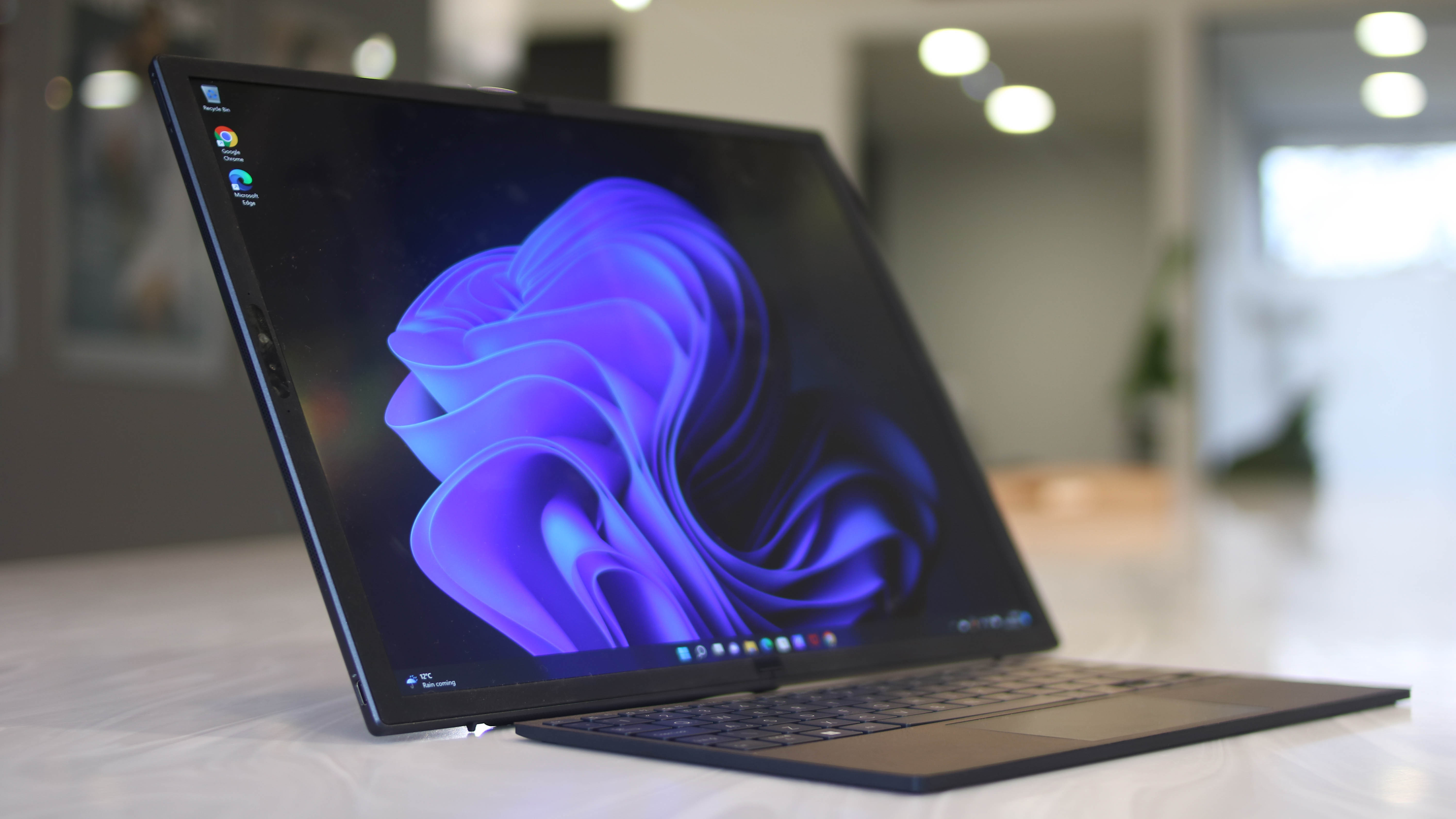
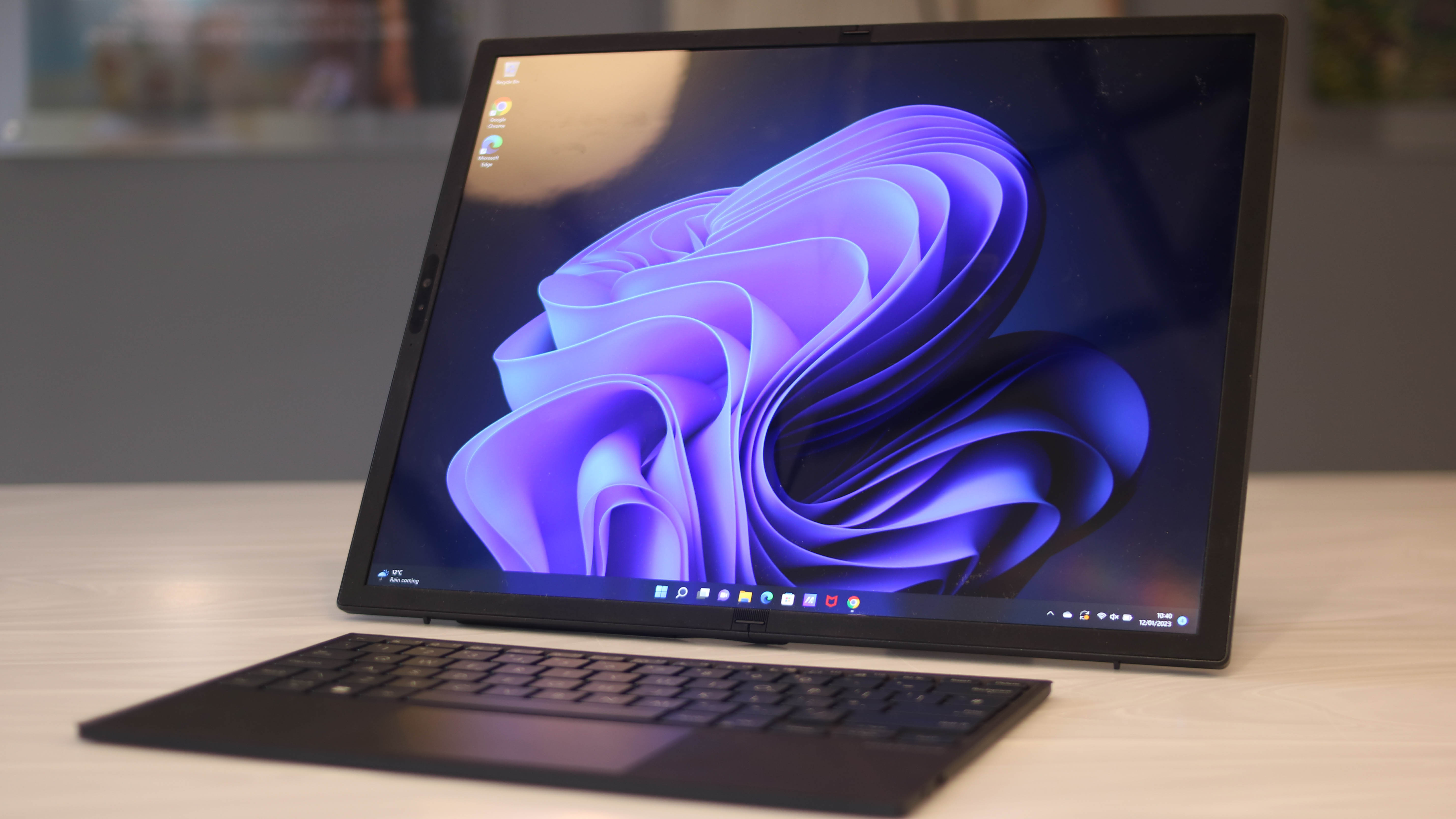
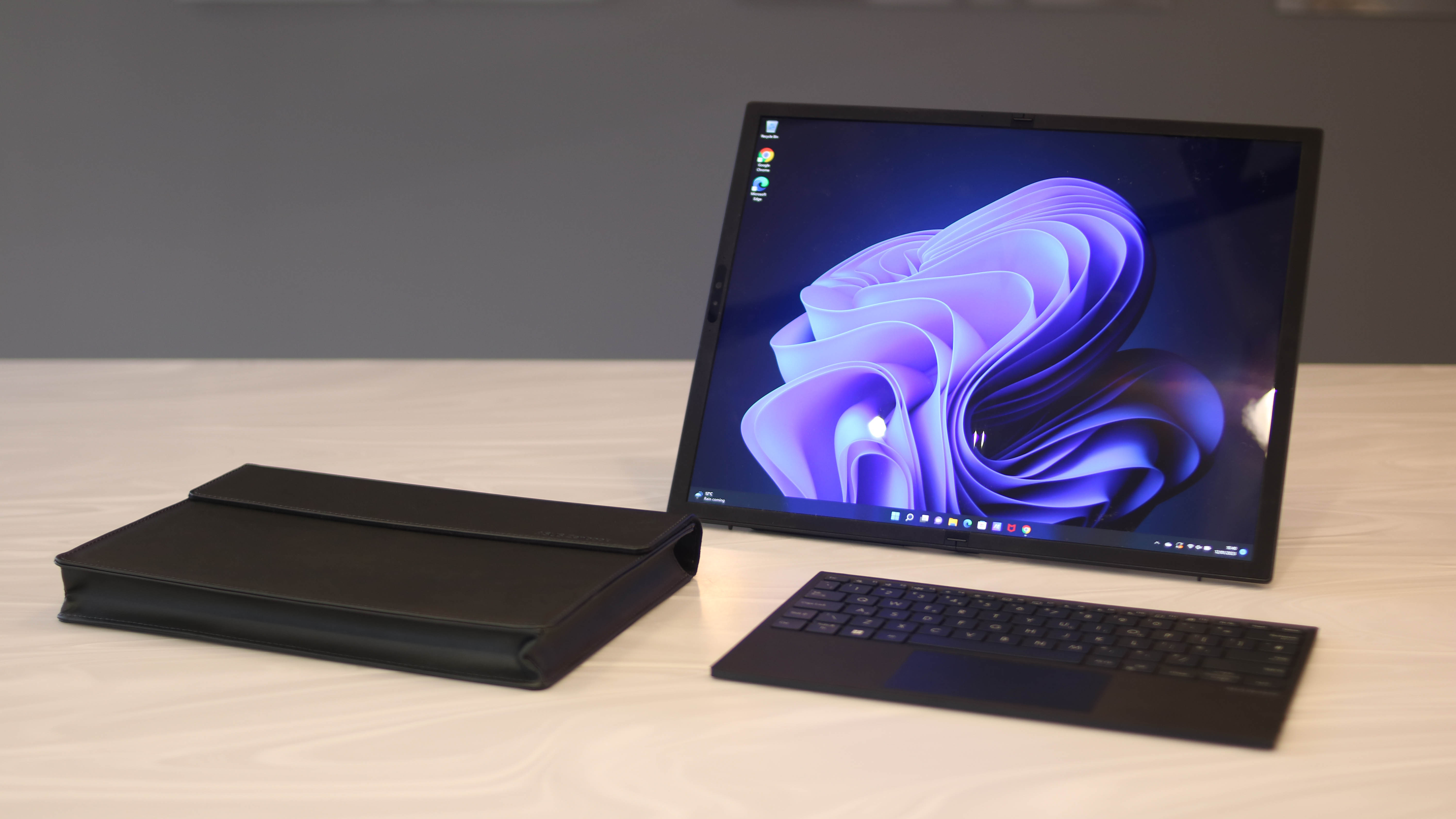
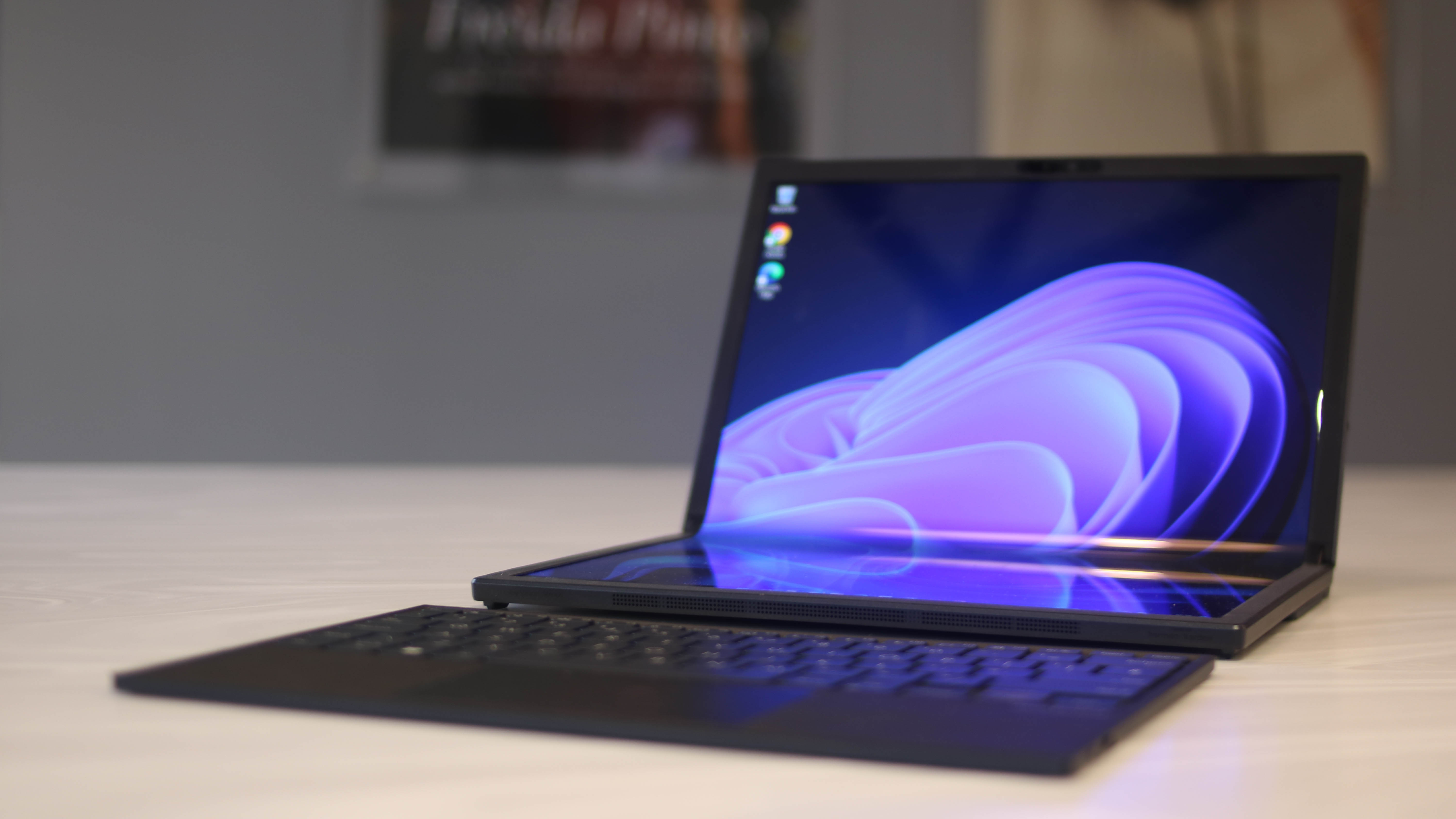
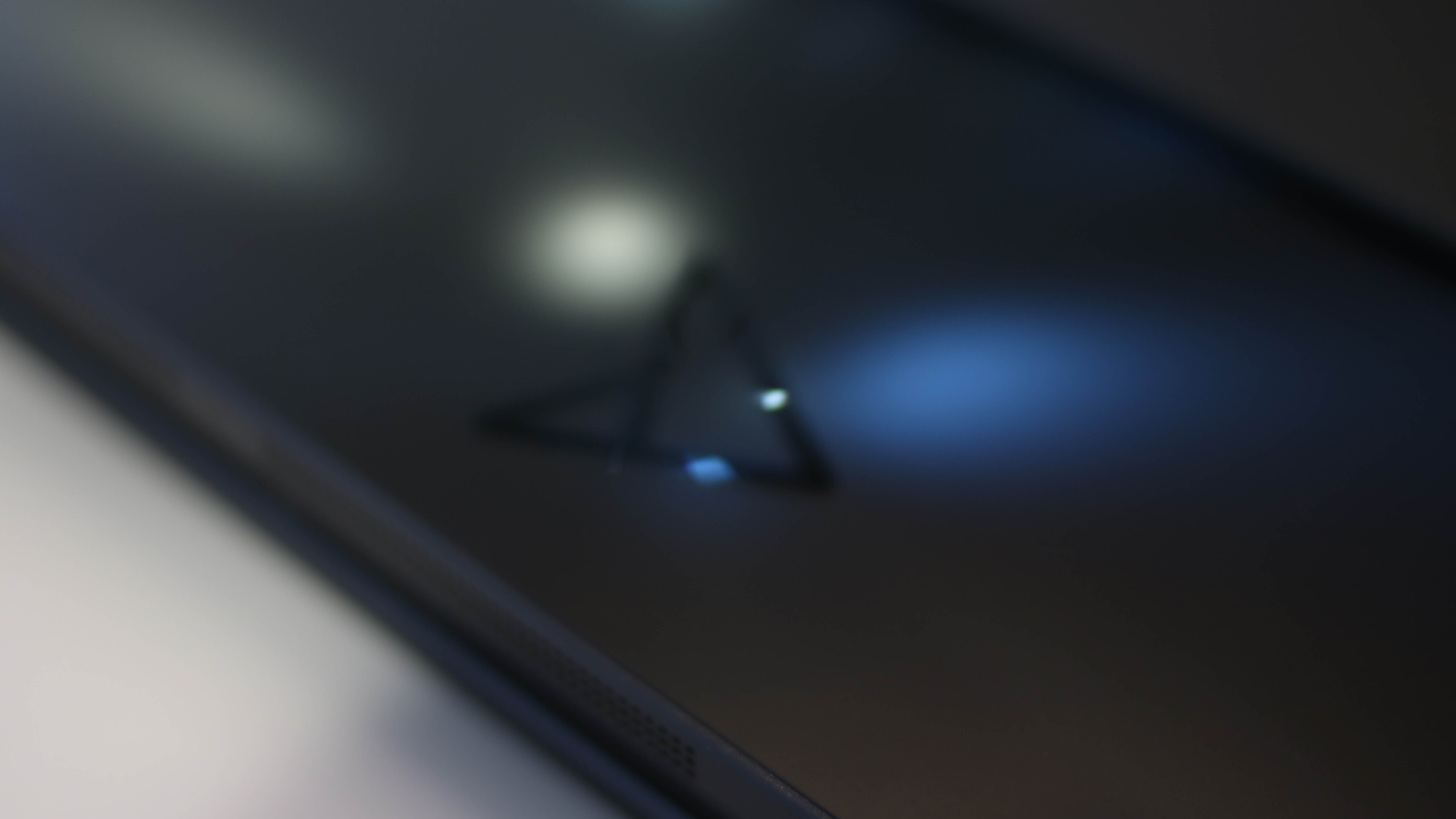
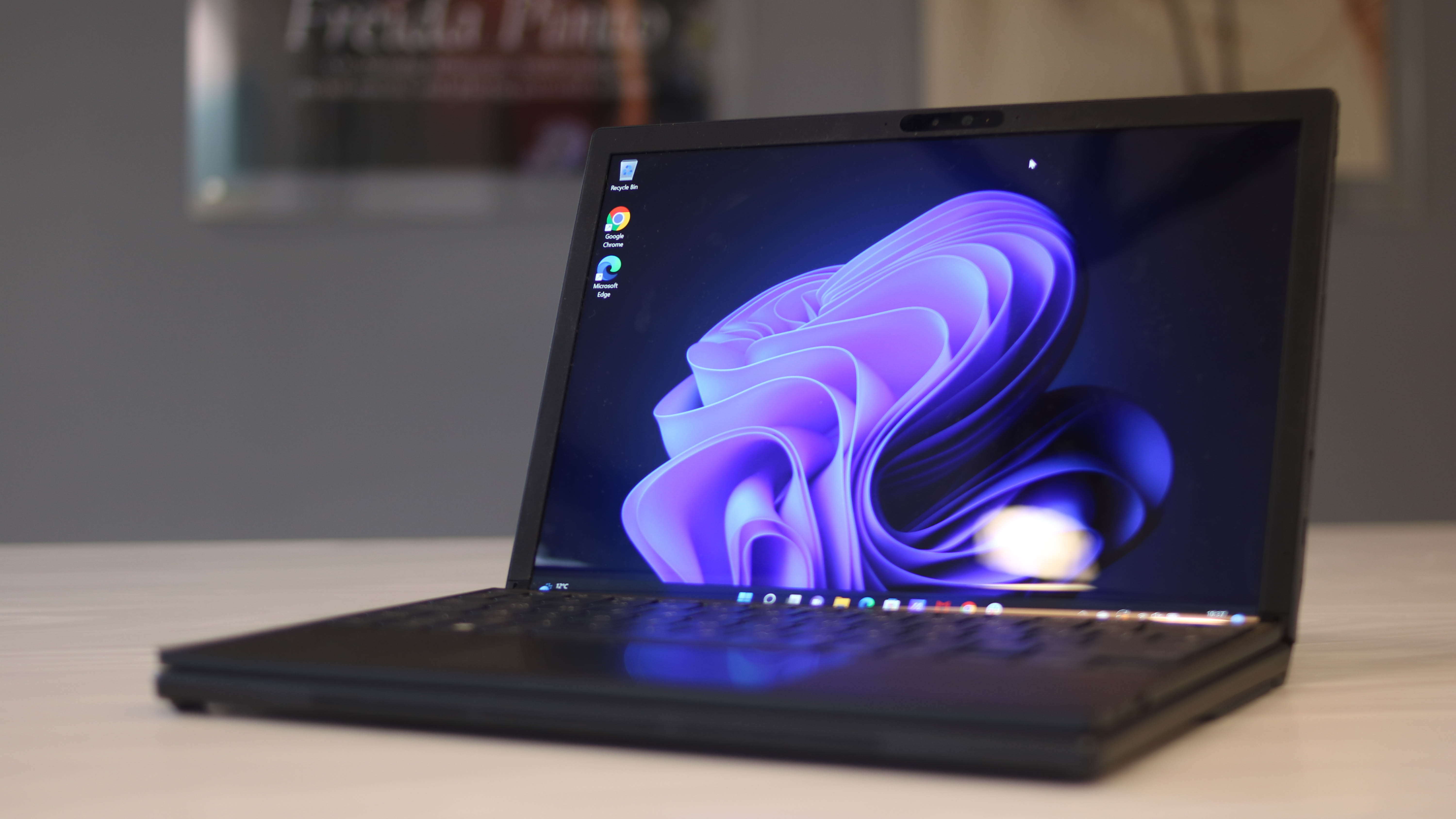
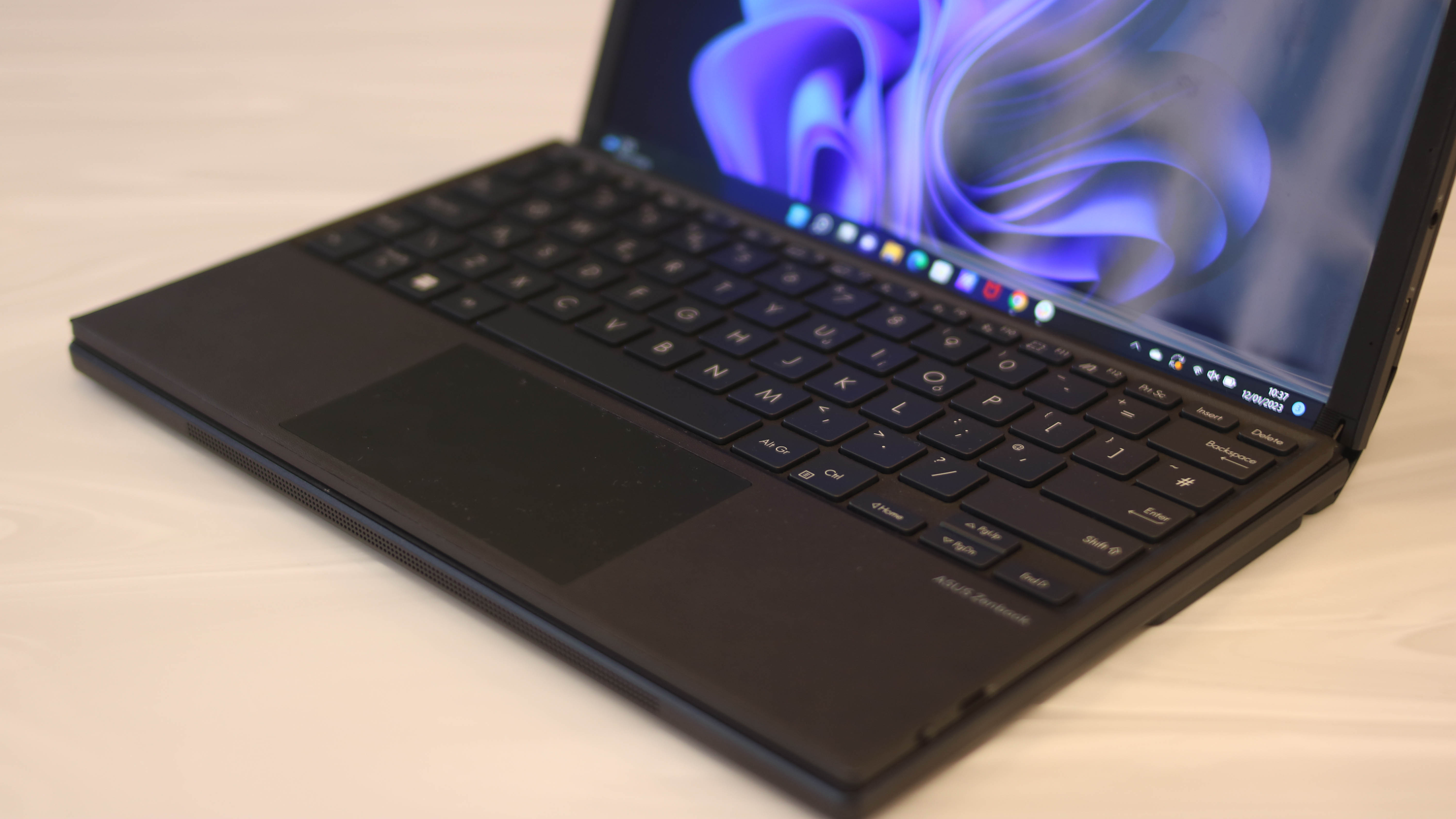
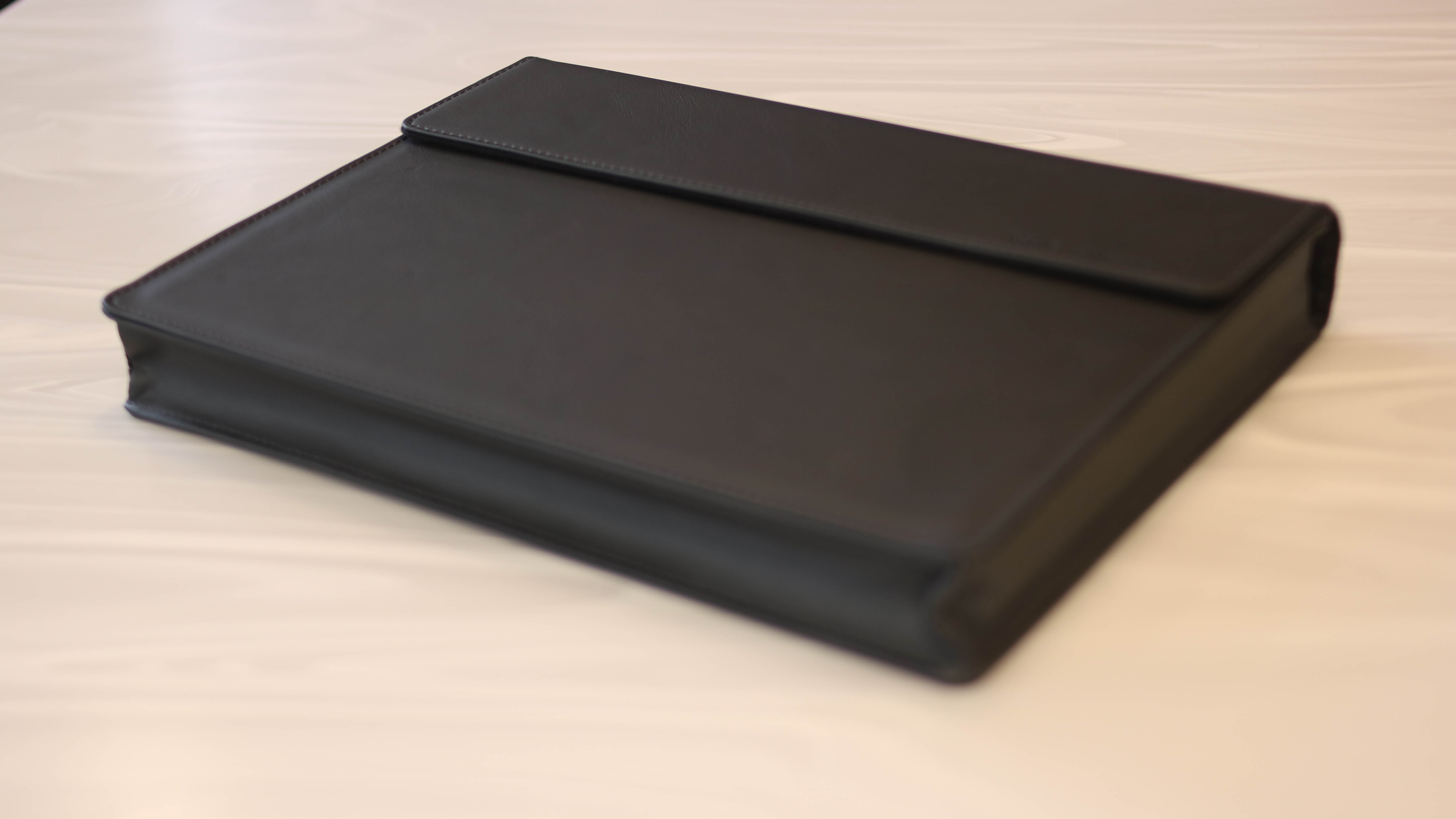
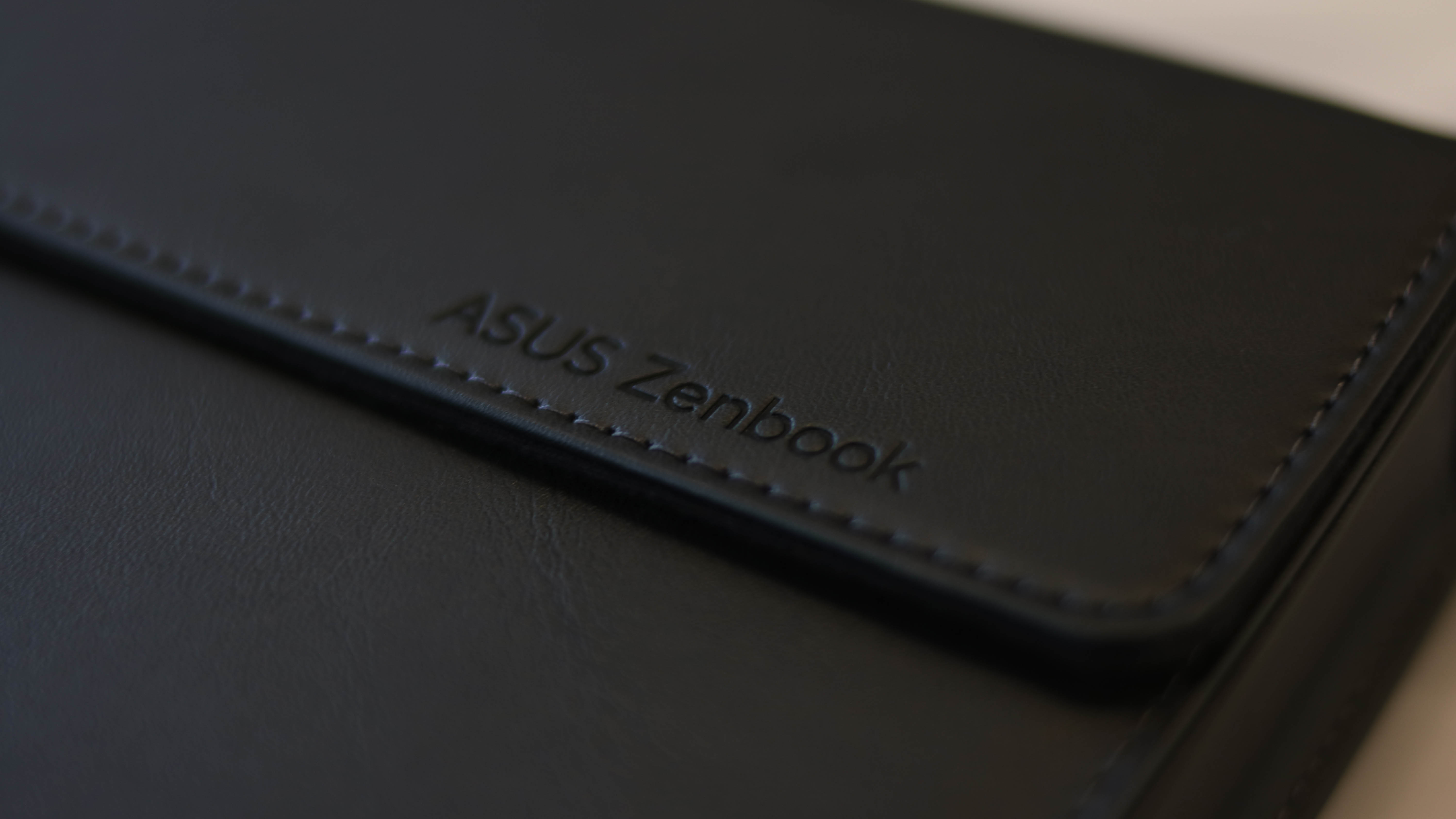
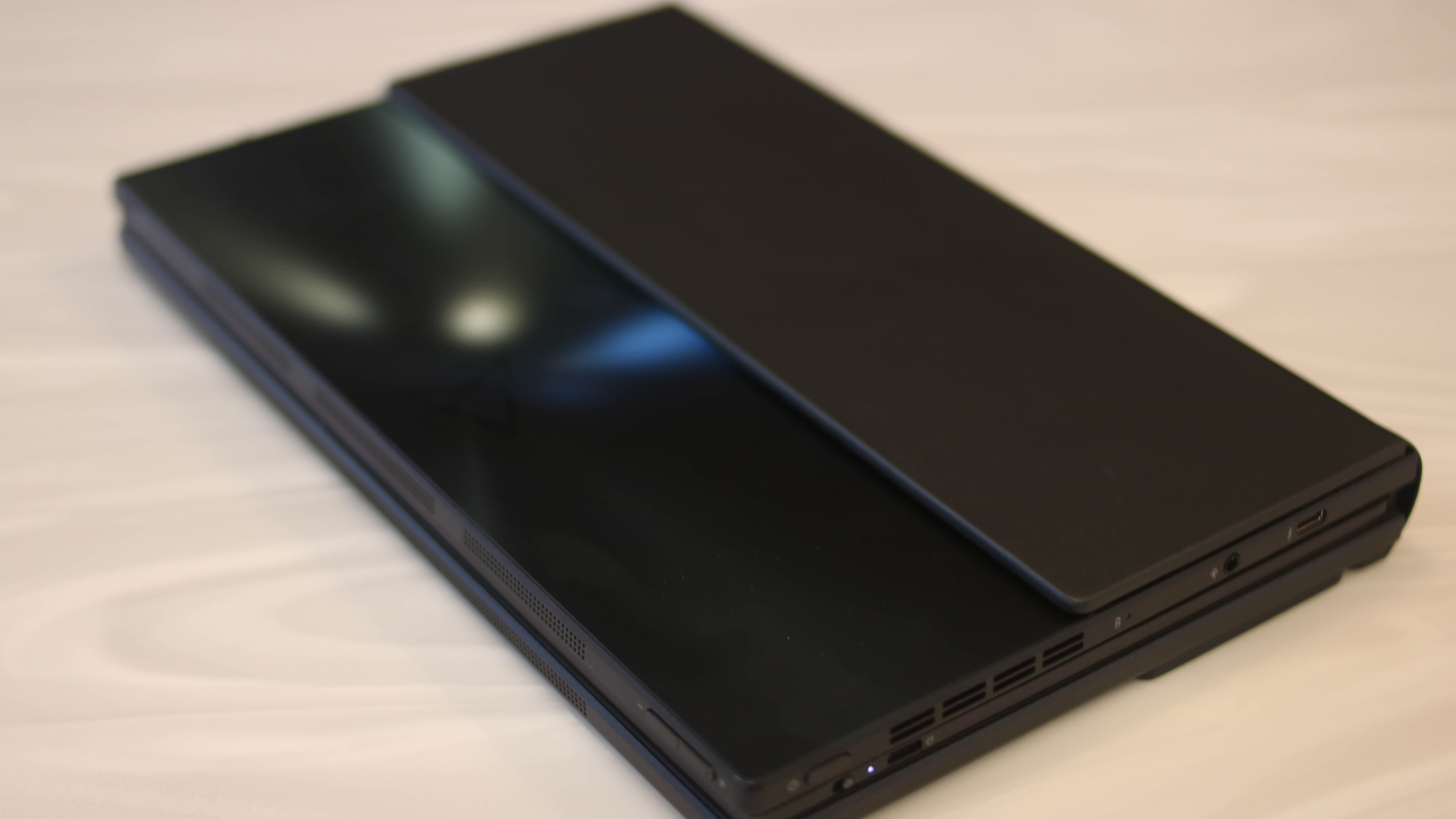
The Asus Zenbook 17 Fold can easily be classed as a cool new piece of hardware because it's so different, though that doesn't necessarily mean it's attractive. Pull it out in the office and heads will turn, but opinions seem to differ from one person to the next. The IT Pro team, for example, had mixed feelings; one or two thought it was 'interesting' whereas others felt it was just plain silly.
Is it a 2-in-1 laptop or a tablet-desktop hybrid? Nothing really seems to define it well enough and 'foldable PC' isn't great either. There's a tablet portion that folds out to a 17in OLED display, a very thin keyboard and a USB-C power adaptor brick. You can have the keyboard on the tablet if it is partially folded, which makes it look like a chunky 12.5in laptop. Or you can use the keyboard when it's not attached, so the tablet sits on the desk like a touchscreen sun lounger – arguably its silliest form.
From our experience, the best use case is to have it unfolded with the 17in display sat on the desk like an external monitor. This is where it almost feels like a desktop computer, though its 4:3 aspect ratio is still a bit too tight to fit multiple applications across the screen. We tried and whatever we used at least one app would either be too little or would encroach on the other.
There are two Thunderbolt 4 USB-C ports, volume control buttons and a 5MP infrared webcam. The placement of each can be a little awkward depending on how you use it. For instance, fully unfolded, the webcam is on the side of the display – there is a kickstand but it only allows for it to stand in landscape – so you have to angle your head into an uncomfortable position to use the Windows Hello facial recognition.

When packing the device away, things suddenly get very stylish and a little less practical. It has a fetching carry case that fits the folded display and keyboard. It is a black faux leather affair and admittedly looks a little like you have a purse. It doesn't have any room for the charger, which suggests confidence in battery life. However, it slips into a rucksack easily and still looks elegant under your arm.
Asus Zenbook 17 Fold review: Foldable display
The Zenbook 17 Fold is either a laptop, the biggest tablet you've ever used or a monitor – it essentially comes down to how you prefer to use it. Either way, it renders colour excellently. Everything is vivid and bold; this is clearly why it has such a ridiculously showy default screen saver of cloudy colours swirling in water, which is a little OTT, to be honest.
Under our calibrator, the Zenbook 17 Fold reproduced 100% sRGB colour gamut coverage and 120.4% for colour volume. That matches laptops like the brilliant Dell XPS 15, tablets like the iPad Pro and even monitors like the Samsung Odyssey Neo G8. You can almost buy all three of those for the price of the Zenbook 17 Fold, though.
Despite the larger form factor, the screen isn't quite good enough for in-depth colour work; its Adobe score was 80.6%, so maybe not something for a photographer or a high-grade illustrator. On that last point, the touchscreen element is very slick and space does seem like a bonus for stylus use, though Asus doesn't recommend it. However, that widescreen is also good for video editing as it allows you to fully stretch your timeline out.
Sadly this big beautiful screen cannot get bright enough to work outside in the sunshine as it reflects everything. With our calibrator, it managed a peak brightness of 252.53 cd/m2, which is poor. This is why you will also notice the crease which becomes far too reflective and visible to ignore. It will also catch any light from a window if it is angled slightly in that direction. So there is, in fact, a slight limit on where you can use the Zenbook 17 Fold – unless you can work through the distracting glare – as it is more of a fair-weather display. There is, of course, one other device in this newish category, the Lenovo ThinkPad X1 Fold, and that also appears to have difficulty in direct sunlight.
Asus Zenbook 17 Fold review: Keyboard and trackpad
When it comes to peripherals, the keyboard feels like an afterthought or rather its functionality does. It fits into the fold of the screen and then the carry case, so you have this complete kit, but it isn't a good accessory; it feels very rattly to type on and it loses charge far quicker than the screen does. The travel is OK, not too deep and quite responsive. The solution here may very well be to use a better Bluetooth keyboard, though it is unlikely that you'll find one that fits inside the folded screen, which will ultimately make it that little bit less portable.

Its trackpad is also merely OK; there's plenty of room to get the cursor flying around the 17in screen and it's nicely situated in the centre, so there's space to rest your palms. Unfortunately, the click action is a little bit too sensitive and copy and paste control suffers a little for it.
Asus Zenbook 17 Fold review: Specs and price
There is an impressive set of specifications inside the Zenbook 17 Fold, though nothing really seems to warrant its price. It sports an Intel Core i7-1250U processor, which is paired with 16GB LPDDR5-5200 RAM and 1TB of NVMe M.2 SSD. There is also a 75Wh battery.
To its credit, performance is very good; in Geekbench 5 it notched up 1,439 for single-core and 4,051 for multi-threaded workloads. These are a little off the MacBook Pro and the Dell XPS 15, but close enough to be considered rivals. There is certainly enough power for the average user. It thundered through all of the tasks we put it through and with barely any noise from its internals.
The screen has staying power thanks to its 75Wh power source. Under our looped video test, the battery made it through 9hrs 33min which is reasonably good. That's almost two hours longer than the Dell XPS 15 and pretty much the same score as the Surface laptop 5.
Ultimately, however, when it comes to actually buying the Zenbook 17 Fold, nothing is going to take the sting out of the cost. For one unit you're looking at £3,299.99 or £174.45 per month if you take out a 24-month payment plan at Currys PC World. It is therefore too expensive for most home workers.

What about for businesses? Going by the laptops that are available under the Asus for Business service, which is a hardware package for SMBs and startups, the Zenbook 17 Fold is missing. That might suggest that this is not really a business-centric device, or it just hasn't been added to the roster as yet. Asus does recommend it works best with Windows 11 Home for Business, which suggests it will be on the list soonish.
Regardless, this is arguably too expensive and too much of a consumer device for startups and SMBs. The fact it can be used as a laptop, tablet or a sort of desktop does have its benefits, but there just isn't enough value for money. The keyboard is poor, the brightness is low and the form factor is actually more awkward than useful. We like the concept and we admire the work that's gone into it, but there isn't a serious business use case as yet.
Asus Zenbook 17 Fold Specifications
| Processor | Intel® Core™ i7-1250U Processor 1.1 GHz (12M Cache, up to 4.7 GHz, 2P+8E cores) |
| RAM | 16GB |
| Graphics adapter | Intel Iris Xe Graphics |
| Storage | 1TB |
| Screen size | 17in |
| Screen resolution | 2560 x 1920 |
| Screen type | OLED |
| Touch screen | Yes |
| Memory card slot | No |
| 3.5mm audio jack | Yes |
| Graphics output | 2x Thunderbolt 4 supports display / power delivery |
| Other ports | No |
| Webcam | 5MP with IR function |
| Speakers | Smart Amp Technology |
| Wi-Fi | Wi-Fi 6E |
| Bluetooth | 5 |
| Operating system | Windows 11 Home For Business |
| Dimensions (WHD) | 378.5mm x 287.6mm x 8.7mm |
| Weight | 1.50kg |
| Battery | 75Wh |
Get the ITPro daily newsletter
Sign up today and you will receive a free copy of our Future Focus 2025 report - the leading guidance on AI, cybersecurity and other IT challenges as per 700+ senior executives
Bobby Hellard is ITPro's Reviews Editor and has worked on CloudPro and ChannelPro since 2018. In his time at ITPro, Bobby has covered stories for all the major technology companies, such as Apple, Microsoft, Amazon and Facebook, and regularly attends industry-leading events such as AWS Re:Invent and Google Cloud Next.
Bobby mainly covers hardware reviews, but you will also recognize him as the face of many of our video reviews of laptops and smartphones.
-
 ‘Phishing kits are a force multiplier': Cheap cyber crime kits can be bought on the dark web for less than $25 – and experts warn it’s lowering the barrier of entry for amateur hackers
‘Phishing kits are a force multiplier': Cheap cyber crime kits can be bought on the dark web for less than $25 – and experts warn it’s lowering the barrier of entry for amateur hackersNews Research from NordVPN shows phishing kits are now widely available on the dark web and via messaging apps like Telegram, and are often selling for less than $25.
By Emma Woollacott Published
-
 Redis unveils new tools for developers working on AI applications
Redis unveils new tools for developers working on AI applicationsNews Redis has announced new tools aimed at making it easier for AI developers to build applications and optimize large language model (LLM) outputs.
By Ross Kelly Published
-
 Google layoffs continue with "hundreds" cut from Chrome, Android, and Pixel teams
Google layoffs continue with "hundreds" cut from Chrome, Android, and Pixel teamsNews The tech giant's efficiency drive enters a third year with devices teams the latest target
By Bobby Hellard Published